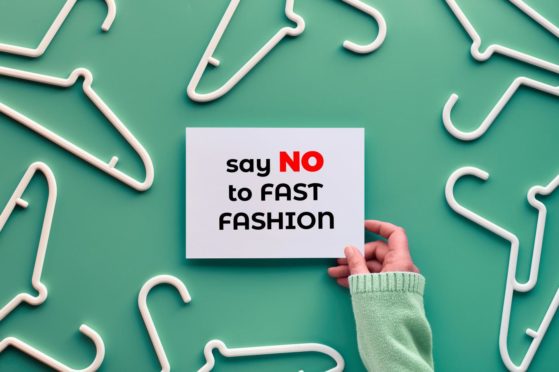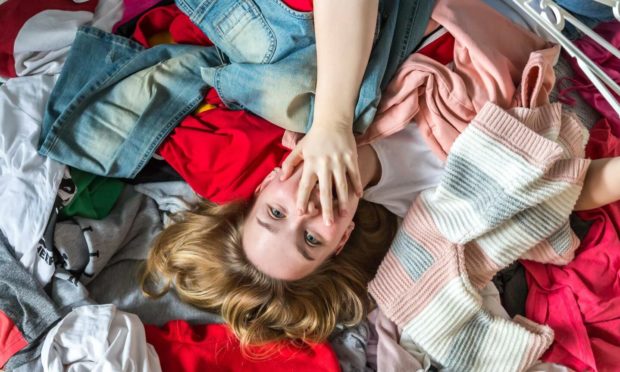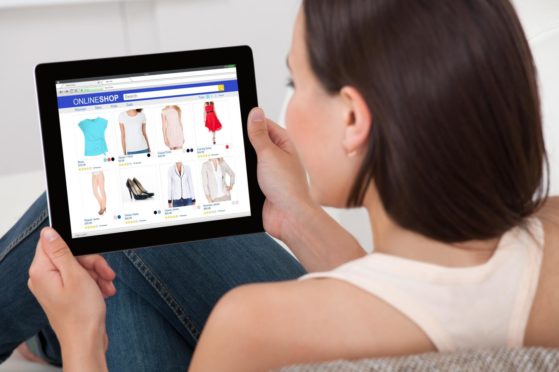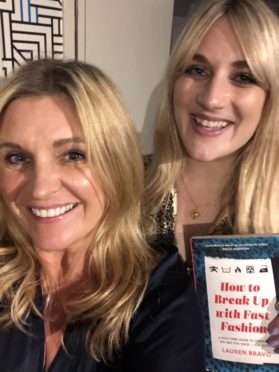How many new clothes have you bought recently?
I was quite surprised when I was talking to a friend of mine who works in investments. She said that investments in medical companies and fashion have made people incredible profits over the past couple of years.
Now I totally understand that in a pandemic when we have needed huge amounts of extra medical supplies, that people would have made big money from investing in those companies. However, I assumed there would have been a slump in fashion sales over the past couple of years.
High-street shops have had to close. Millions of us have been working from home and not getting dressed up at all.
But no, my assumptions are wrong.
Although many people have been short of money to spend, there were, on the other hand, millions of people with no drop in their income and so many of them, with nothing else to spend their money on, turned to online shopping.
Sitting at home tapping away, seeing your favourite fashion bloggers on Instagram or being sent offers from your favourite shops has been too tempting.
First of all, the sales of leisure wear went through the roof as we all resigned ourselves to being at home and wanted to be comfy.
Then on-screen outfits for Zoom meetings started to be important, and finally people wanted lots of new items once they started to get out of the house again.
Shopping online is so dangerous. We know we can send things back and we don’t even have to carry them to the car. As I say, it’s dangerously easy.
But fast fashion is so dangerous in ways other than to our bank balance.
When I was growing up, I remember my mum buying posh clothes. She had outfits which she spent a lot on but wore often. When you got home you changed into your old clothes and hung your good ones up so as not to wear them out.
They lasted because they were good quality but also because they were well looked after.
You hand-washed all knitwear and flat dried it on a towel on the floor, and you certainly didn’t just bung a huge load into the washing machine or tumble drier (we didn’t actually have one of those anyway).
Then along came what I call the Primark generation.

When Emily was in her teens, she and her friends all bought very cheap clothes for going out and the next week another outfit was needed. I realised after a couple of years that her wardrobe was jam packed with a lot of bad-quality, horrible clothes which all ended up being chucked out because they hardly lasted one wash.
This was so different to my wardrobe at that age where I had much less to choose from and a few outfits which I could still wear today if I had kept them (and my figure!).
The examples we see online and on TV are of people wearing an outfit only once.
You never see the panellists on Loose Women, for example, trotting out an outfit more than once, or a TV judge recycling a very expensive cocktail dress.
When Kate Middleton recycles an outfit, that, in itself, is newsworthy. But why?
I have worn the same party dress to many occasions because do people actually remember what you wore, and if they did would it matter?
My downfall would be putting on weight though because then I do have to replace things, but I always keep the slimmer clothes in the wardrobe in hope, as I’m sure many of you do.
So this week I went to an event which was for a cause very dear to my heart. It was all about sustainability in fashion.
One of the speakers was an inspiring young woman called Lauren Bravo who had taken it upon herself not to buy any new item of clothing for a year. She limited herself to secondhand or hand-me-downs.
She has written a wonderful book, How To Break Up With Fast Fashion, about how much she had learned from doing this.
I got Lauren to sign a couple of books for you readers, so as usual the first two people to email me at yourlife@ajl.co.uk will be sent one.
If you think of the millions of hardly worn clothes which end up in landfill each year the figures are staggering.
It’s secondhand September. We can all do our bit to put sustainability above fast fashion. Let’s get down to our charity shops, save some money and at the same time make a big difference.
Have a good week,
Yvie x













